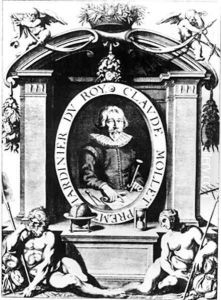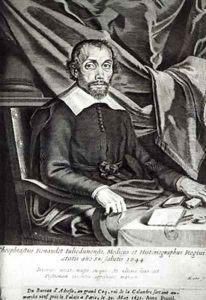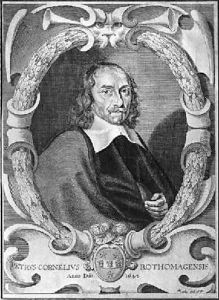Michel Lasne Paintings
Michel Lasne, a notable figure in the world of art, was born around 1590 in Caen, Normandy, France. His contributions to the art world are primarily as an engraver, although little is known about his early life and training. His work as an engraver was significant during the early 17th century, a period when engraving was a primary method of reproducing and disseminating works of art.
Lasne is known to have moved to Paris, where he became an established engraver by the start of the 17th century. His engravings were principally based on the works of contemporary artists, and he became particularly known for his portraits. Lasne's style was characterized by fine lines and detailed rendering, which captured the subtleties of the original paintings and made them accessible to a broader audience. He was adept at translating the nuances of paintings into black and white, ensuring that the essence of the original work was maintained.
Throughout his career, Michel Lasne worked with several artists and patrons. He engraved portraits of important personalities of the time, including members of the French court and European nobility, as well as religious and mythological scenes. His engravings were not only popular in France but also gained recognition across Europe, which was common for master engravers of his time as engravings were an important means of international artistic exchange.
Lasne's work is significant for its contribution to the understanding and appreciation of the artists of his time. Through his engravings, the compositions of painters such as Philippe de Champaigne, Simon Vouet, and Peter Paul Rubens were disseminated to a wider audience, which helped to build their reputations and influence. His engravings served as a crucial means of preserving and sharing the artistic achievements of the period.
Michel Lasne's career spanned several decades, and he remained active in the art community until his death in 1667. While he may not be as widely recognized as some of his contemporaries, Lasne's work has been preserved in numerous collections and continues to be studied for its technical skill and historical importance. His engravings are a testament to the role that printmakers played in the cultural and artistic exchanges of 17th-century Europe.



